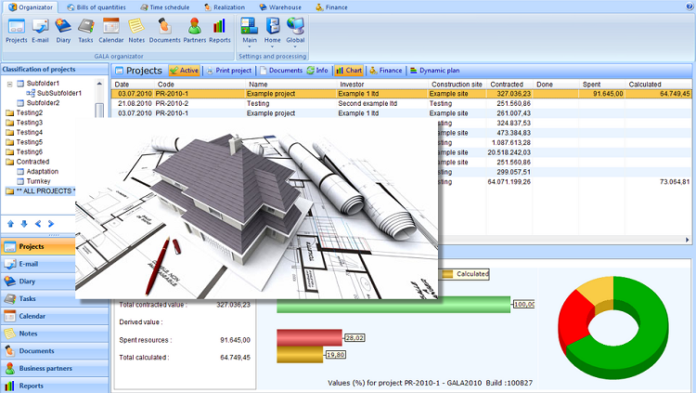Construction management software is a general term that refers to applications that help builders manage their projects from inception to completion. Construction software helps you to stay on budget and complete your projects as scheduled. It also increases the productivity of your project management team because every role is defined right from inception.
With over 200 applications available in the market, choosing the right software that can be a daunting task especially for first-time builders.
To help you out, we have complied a list of the most common applications:
1.) Takeoff software
This allows you to measure lengths, areas and volumes from digital files (such as CAD drawings) or blueprints. Planswift and ProEst some of the software that enable you to perform take off electronically – saving you the hustle of keeping paper records.
2.) Cost estimating software
This enables you to create professional bids based on your take off. Solutions such as Maxwell, ConEst, Accubid and ProEst pull labour and material costs from a costs data base thus enabling you to make accurate estimates.
3.) Bid management software
This is what you need to manage all your procurement and purchasing processes. The application provides a database to record contractor information from where you can obtain a list of firms to send bid requests at a later date. These include SmartBidNet, pipelineSuite and Bid eXchange among others.
4.) Project scheduling software
This provides the critical path method (CPM) to help you to schedule people, resources and tasks. The system tracks all the people working in various sections and equipment usage. Examples include: Maxwell ProContractorMX CPM, PMWeb and Primavera P6.
5.) Project management software
This enables you to manage crucial documentation such as change orders, track project costs and collaboration with all those involved on the project. The software includes Prolog, Procore and Paskr.
6.) (Bonus) Accounting and job costing software
It handles main accounting and job costing of contractors. The systems are designed around a job costing module that allows accountants to allocate costs by the job to manage project profitability.



